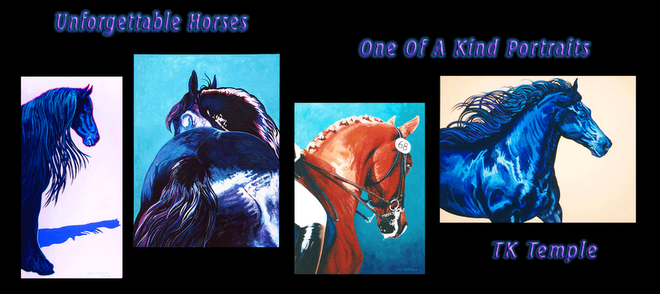The Other Brush
Wow, I last posted on the brushes I like to use for oil painting, to 1) get back to posting about art if I'm not actually posting my paintings at the moment, 2) provide some useful feedback for other artists, and 3) to get the google ads back to art oriented stuff from the previous d-o-g stuff. So now it's all about b-l-o-g-s. Yeah, that makes sense! ;D
So continuing from my last posting, my other favorite brush is the Langnickel Royal Sable. I love these for fine detail or soft brushwork and glazing. I only have a few that I got from a friend who's brother was no longer painting, but I have hopes of getting a bigger set. Right now I just have smaller sizes, 0-2, in a short red handled brush that looks like a short headed standard filbert, which I don't see at the Jerry's link above. The filberts offered now are more like a cat's tongue style, with a sharper point. Mine are probably older.
One other thought I would like to add regarding brushes is to buy the best you can afford! More and cheaper is not as good as having less brushes and better quality. Take it from a compulsive brush buyer! I fondle brushes in the store, test the spring and shape, then buy one with a coupon to try it, and if I like it, I go buy more of them online in a small range of sizes. But I'll start with just that one, and only add a few at a time if it works well. I'd say you will absolutely feel the difference if you are painting with any finesse and need for control, and even if you are painting big abstract areas of color on big canvases rather than fine fussy realism, you will still feel a difference between quality bristle and the cheap stuff in the way the paint goes on the surface, and will appreciate a brush that doesn't shed, splay or lose it's edge after one painting. It's better to clean the brush to change colors and use a good brush, than have a lot of cheap ones that don't put color where you want it, in my opinion. In good technique, a brush should be wiped well if not cleaned in mineral spirits or Turpenoid after several strokes anyway whenever more than one color is used, or when applying one color over another wet in wet, to keep color clean. One brush can do a lot of work.
Yes, I know that really talented painters can paint with sticks, but I'd rather not!




















